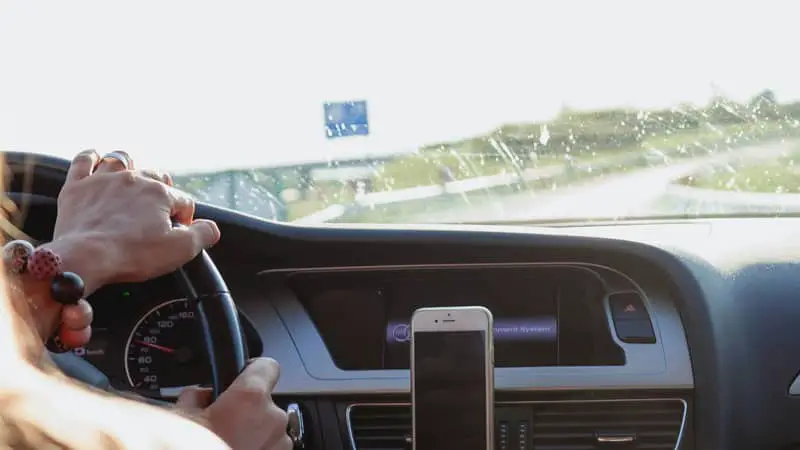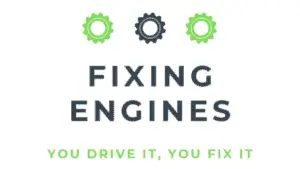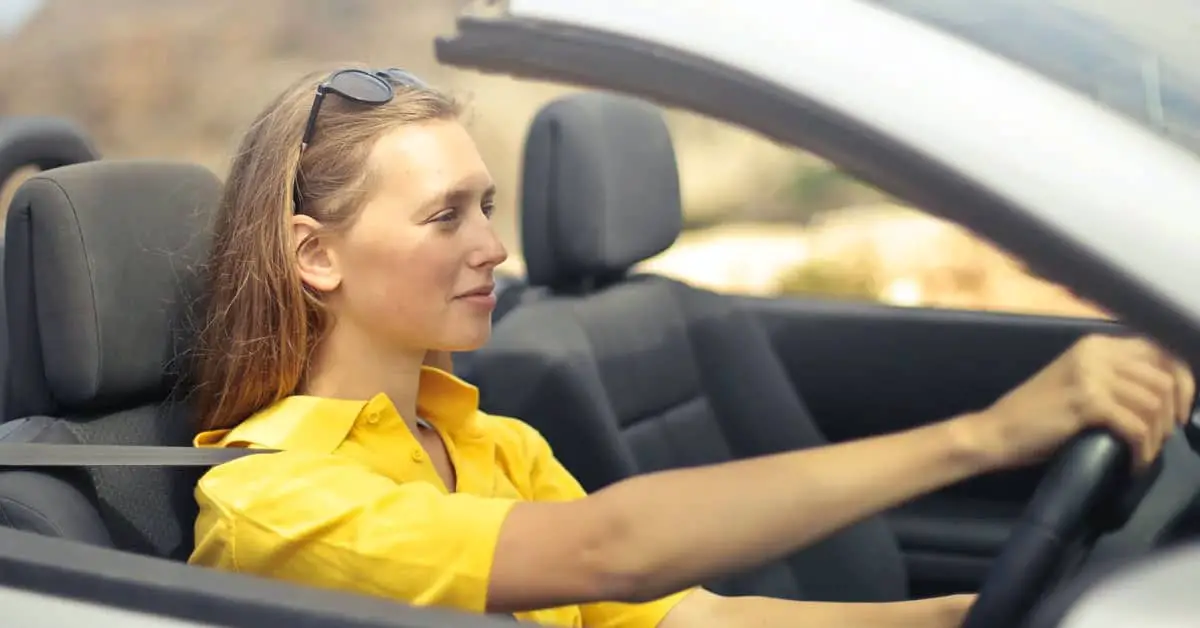Learning how to drive an automatic transmission car is pretty simple and stress-free for most drivers. It doesn’t require pressing the clutch or shifting gears – the car is the one responsible for handling gear changes. However, when it comes to driving a stick-shifting car, drivers often face the issue of deciding whether to downshift or brake with their vehicles.
People that use downshifting vs braking argue that it prevents brake wear. As for their counterpart, they say braking helps to save gas. Downshifting involves shifting to a lower gear to slow the car down. On the other hand, braking involves releasing the accelerator and changing gears to slow down the car.
Both downshifting and braking have their strengths and weaknesses. As you read through the rest of this post, you’ll see the differences that exist between the two techniques and be able to choose the right one for your vehicle.
Is engine braking the same as downshifting?
Engine braking and downshifting are two different techniques that can be used when driving a stick-shifting car. While that’s the fact, you need to also understand that both driving strategies have a lot of things in common. So, what exactly is downshifting and engine braking?
What is downshifting?

When learning how to drive a manual transmission car, one of the essential things that every learner driver needs to know is how to change gears properly. Changing gears is so important as it gives drivers better control over their cars. Apart from that, shifting gears the right way is also essential for good engine performance.
Furthermore, there are two different ways to change gears when driving a stick-shifting car; upshifting and downshifting.
An upshifting driving technique, which is usually employed during acceleration, involves changing from a low gear to a higher gear. Downshifting, on the other hand, involves changing from a high gear to a lower one to slow down a car when driving.
One of the primary purposes of downshifting when driving your stick-shifting car is to select the optimum gear to maximize acceleration, especially when driving through a corner.
I’m sure you must be wondering why I didn’t say the primary purpose of downshifting is to slow down a car? If that’s what you’re thinking, here’s what you need to know; downshifting isn’t designed for slowing down a car. Your car brakes are designed specifically for this task. However, you can still make use of downshifting to slow down your car when driving.
When not done right, using downshifting to slow down your car can introduce several different issues to your vehicle. For instance, downshifting can put strains on your engine, wear your clutch, and even damage the synchronizer.
The best way to downshift when driving a stick-shifting car is to depress your clutch and move the stick down to the next lower hear. After that release the clutch and gently press down the gas pedal. You can also skip gears when downshifting – just make sure you rev-match to avoid upsetting the balance of your car.
What is engine braking?
Engine braking involves taking the foot off the accelerator and then shifting down through gears instead of using the foot brake to slow down the car.
Here’s the thing; releasing the accelerator pedal helps to initiate the motor to start the deceleration process of your car. This process will create a vacuum while forcing the air intake valve to close. Furthermore, with the air intake valve closed, there’ll be a restriction of the flow of air to the engine cylinder – this is what initiates the braking force needed to slow down your car when driving.
When driving, the release of the accelerator pedal is what helps to initiate the braking force. For you to speed up engine braking, you’ll need to shift from a higher gear to a lower gear.
Here’s how to engine brake;
- Let’s assume you’re driving your car in 4th gear.
- For you to slow down your car, you need to take your foot off the accelerator pedal. This move will initiate a decelerative force, needed to slow down your car.
- Now, switch your gear from the fourth to a lower one (for instance, the third gear). Irrespective of the lower gear you’re shifting to, ensure to rev-match.
The change in gear to a lower one is what will help you to slow down your car. At this point, you can now utilize the brake and clutch method to put the vehicle to a halt.
Is it better to downshift or engine brake?

It’s time to settle the scores between the two driving techniques; downshift and engine brake. So, which one is better for slowing down the vehicle?
As earlier mentioned, downshifting is not ideal for slowing down the car. Yes, downshifting is best when you’re driving past a corner and are looking to achieve an optimum gear to maximize acceleration.
No doubt, downshifting can help to prevent wear and tear on the brakes. However, you need to understand that the technique can put strains on your engine. Engine braking, on the other hand, can consume a lot of gas.
In normal driving conditions, engine braking is better for slowing down your car. This way, you won’t have to worry about harming the engine, which is way more expensive than replacing the brakes. If you’re driving down hills, braking is certainly impractical. In this case, downshifting is the better option.
Is it bad not to downshift when stopping?
Shifting from high gear to low gear is essential when trying to stop your car. This is why I recommended using the engine braking technique to get the job done.
In normal driving conditions, releasing the accelerator alone is not enough to slow down the vehicle when engine braking. In addition to that, you need to also shift the gear to a lower one – which is where downshifting is needed.

